Leukotoe: types, planting and care rules
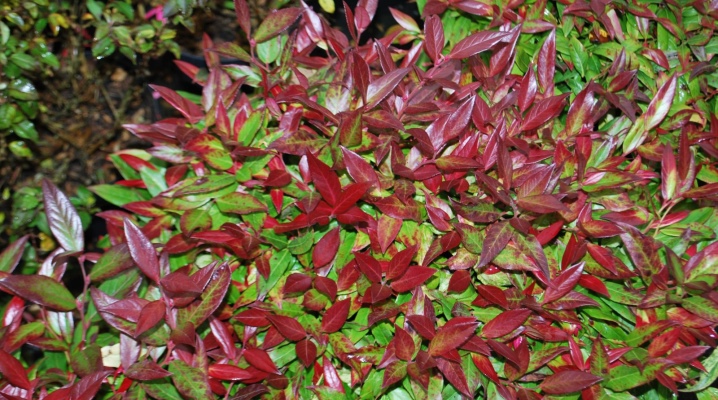
Leukotoe is a shrub plant that requires some care. To grow a crop from seeds and take care of it further, you should know certain rules.
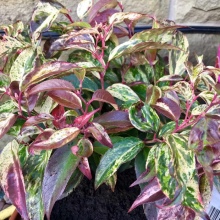

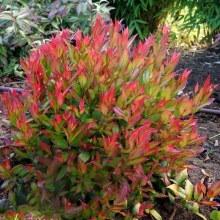
Description
Leukotoe is a shrub up to 1-1.5 m long and up to 40 cm in diameter. It belongs to the Heather family, has an underdeveloped root system and, as it grows, gives a large number of lateral layers. Inflorescences are white, umbellate. But it is not they, but mainly the leaves that give the shrub more attractiveness. They are oval-elliptical or lanceolate. They reach 10 cm in length, and the width varies from 2.5 to 3.5 cm. On the trunk of the shrub, they are attached with petioles about 1.5 cm long. Young leaves are first painted in a burgundy color, which gradually turns into light green.
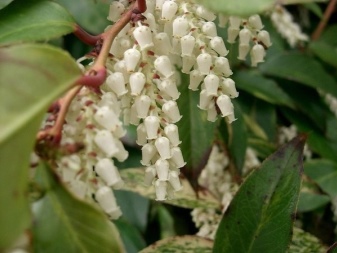
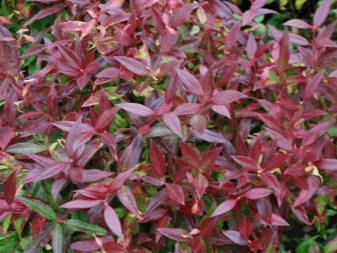
Shrubs can be found along river banks or on forest edges. In the wild, they are found in North America, as well as in parts of East Asia. It is noteworthy that the plant got its name in honor of the name of the ancient Greek goddess Leukothea. This name is translated from Greek as "white". The plant begins to bloom in May and ends only in late June - mid-July. Inflorescences are white, fragrant, each cluster consists of several flowers. They resemble acacia flowers in appearance.
After flowering, seed pods begin to form on the shrub. They tend not to fall off until next spring.
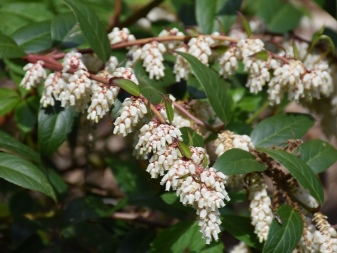

Popular species and varieties
The most common type of shrub is "Rainbow"... The plant has a second name - "rainbow". The shrub grows up to 1 m in height, has leaves on which pink, white and yellow blotches are present. It is frost-resistant, so it is grown not only as a houseplant, but also outdoors.
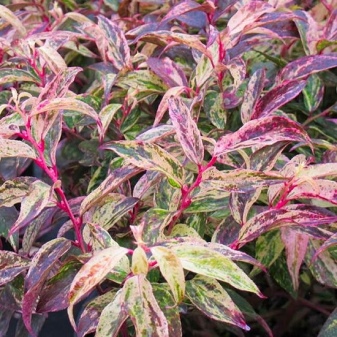
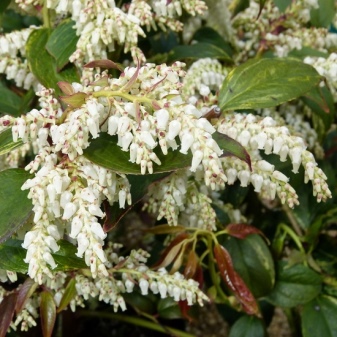
There are other varieties of leukotoe.
- Zeblid (Scarletta) - a plant of small height (only 40-60 cm). Quite an interesting variety - the lower leaves are colored green, and the upper ones have a burgundy hue. Does not like drafts, requires abundant watering and prefers to grow in partial shade.
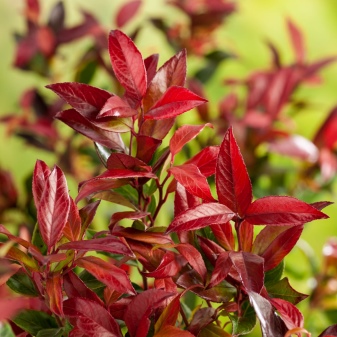

- Curly red - a shrub up to 70 cm high with curly leaves of green and burgundy color.

- Little Flames Is another frost-resistant shrub species. Young leaves have a fiery burgundy color, which gives the feeling that the shrub is engulfed in flames.

- Berning Love - refers to evergreens. The axillary part has beautiful red stems, and the neat crown remains green (only some leaves acquire burgundy blotches).
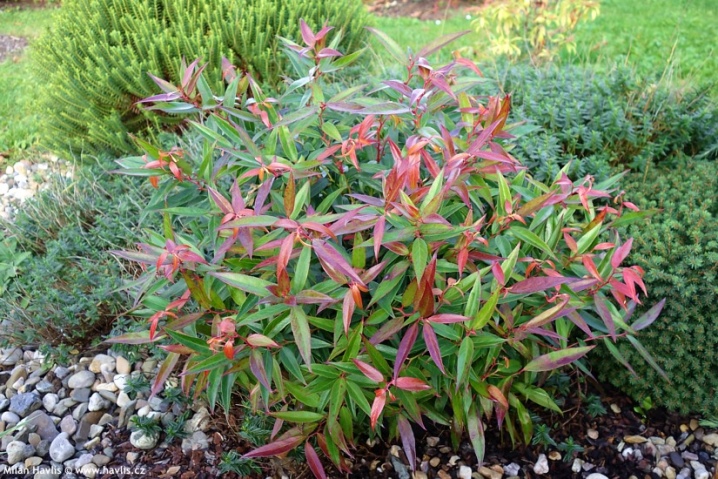
- Royal Ruby - a low-growing shrub, in which the leaves are green in summer, and from autumn to spring they have a burgundy hue. The plant is hygrophilous.
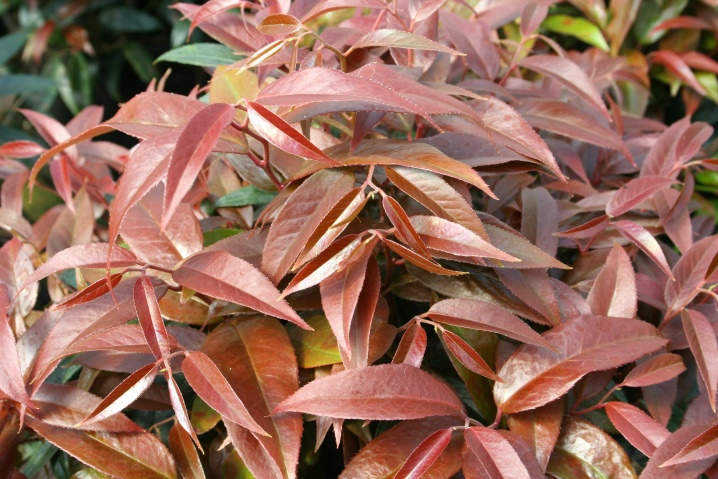
Each of the plant species requires a certain amount of care.
Landing rules
The soil in which the leukotoe is planned to be planted must meet certain requirements. These include:
- acid reaction;
- looseness;
- the presence of drainage;
- fertility.
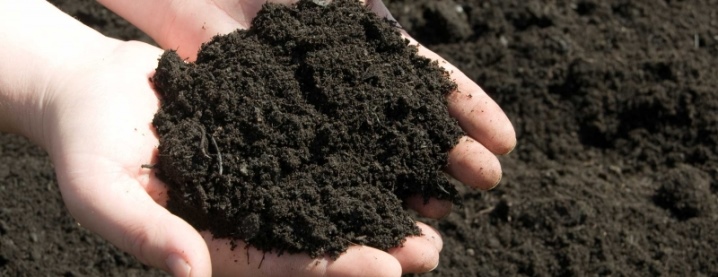
Stagnant moisture and too hard soil will be detrimental to the shrub. Leukotoe can grow in shade, partial shade, and direct sunlight. For planting, it is necessary to prepare pits 50-60 cm deep. At the bottom, it is imperative to make drainage, and then move the seedlings there along with a lump of earth.It is recommended to fill the remaining space with a prepared mixture, which includes sand, peat, phosphate rock and humus from leaves. To maintain optimal moisture levels, it is recommended to cover the root system with sawdust or needles.
The distance between the pits should be at least 1 m. In most cases, after transplanting, the shrub does not get sick and takes root well in a new place.
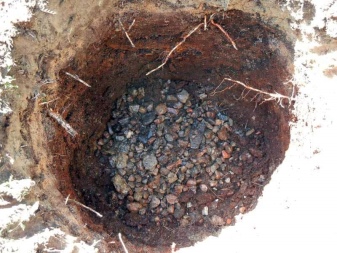
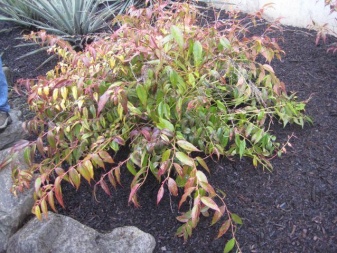
The plant can be propagated both by seeds and by cuttings. In the latter version, you need to cut cuttings about 6-7 cm long, on which there are at least 3 growth buds.
Care features
Like most members of the Heather family, these shrubs do not require careful maintenance. Moderate watering will be useful for the plant; drying out or moisture stagnation should not be allowed. So, in dry and hot weather, at least 10 liters of water must be poured under each bush. The frequency of watering is 2-3 days. In moderate weather, it is enough to water the shrub once every 6-7 days.
Pruning and fertilizing shrubs with fertilizers should be carried out in the spring. To stimulate growth, dry branches must be pruned. Initially, complex mineral fertilizers are introduced into the soil, and then 2 more times can be fed with organic fertilizers. From under the bush, you need to periodically remove weeds, and also loosen the soil, deepening no more than 15 cm (otherwise, you can damage the root system). You can transplant in the fall.
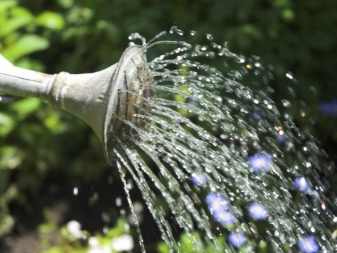
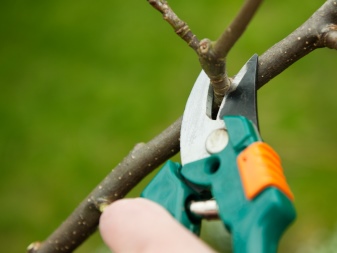
Diseases and pests
The root system can be attacked by fungi if over-watered. The leaves and stems of the shrub can be attacked by pests such as aphids and scale insects. To get rid of harmful insects, you should treat the plant with insecticidal preparations.

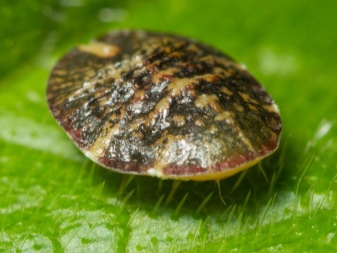
Planting and grooming rules are the same whether the leukotoe is grown at home or outdoors. If you follow all the instructions of gardeners, the plant will be beautiful and healthy all year round.
For an overview of the Rainbow Leukotoe, see the next video.



































































The comment was sent successfully.